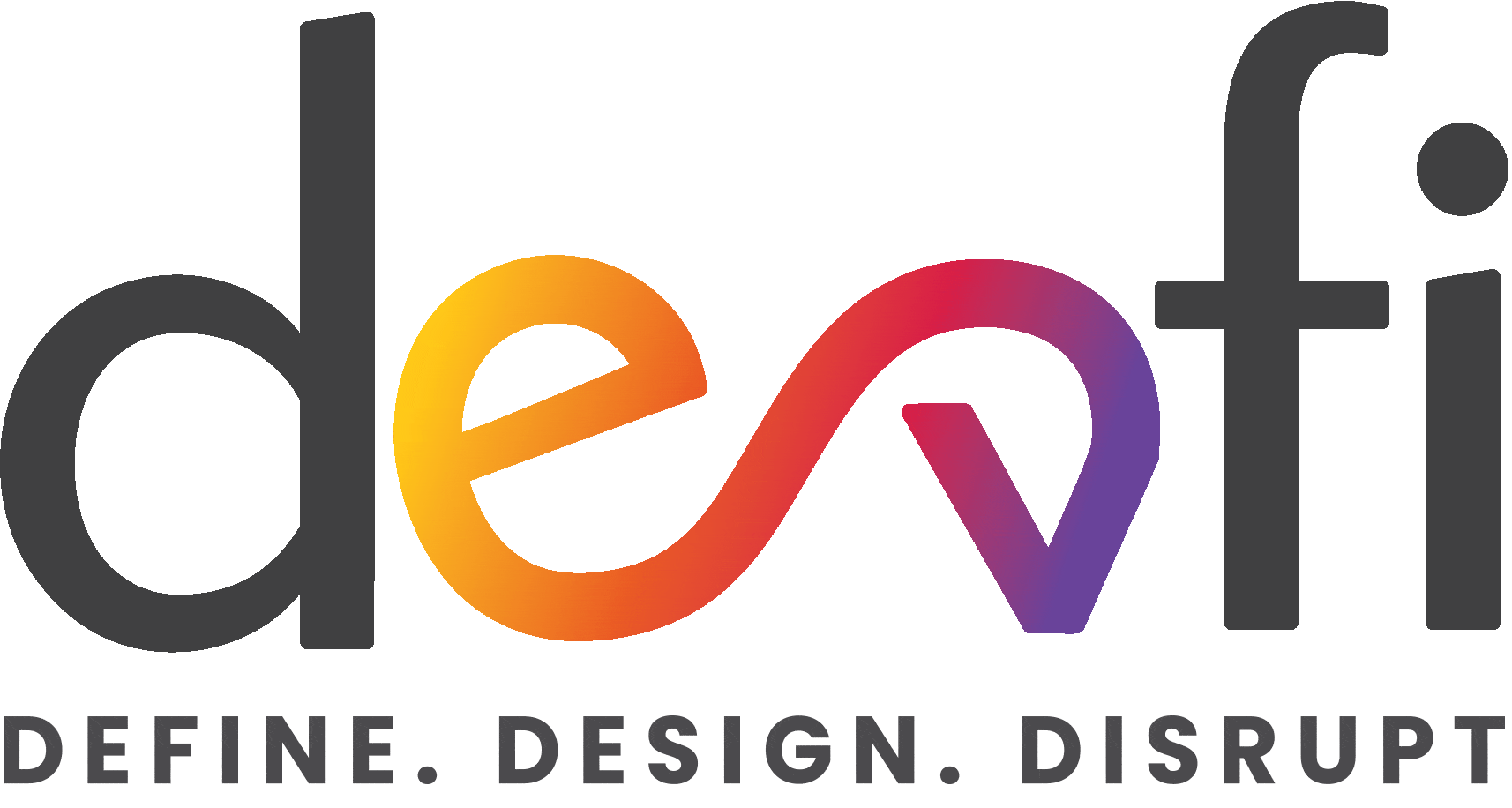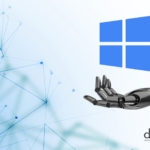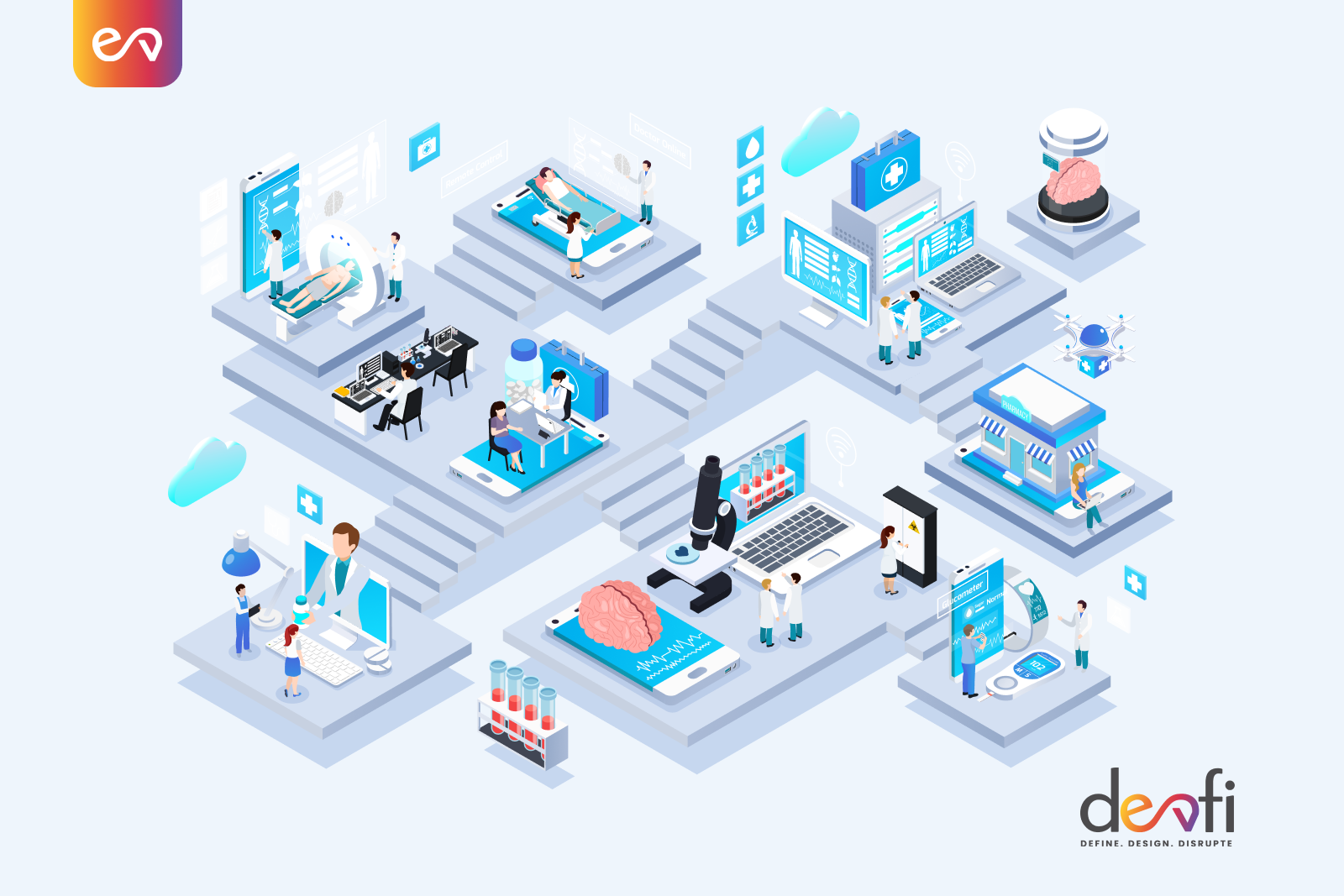Federated learning is a system that is used to deliver scalable and personalized machine learning models. It can be used to boost the performance of existing systems, and it can also be used to create new systems. Federated learning is particularly useful for healthcare organizations because it allows them to combine their data with data from other sources, which allows them to create more accurate models that are better able to predict patient outcomes and improve care delivery.
The use of federated learning in healthcare organizations has grown rapidly over the past few years due to its ability to provide organizations with high-quality insights about their patients’ medical history and treatment plans. In order for federated learning applications to be successful, however, they must first be implemented correctly by healthcare professionals who understand how these systems work as well as how they can benefit their organizations.
What is federated learning?
Federated learning is a new approach to training in which machine learning models are trained on one data set, but then applied to a different data set. It’s like having a single model that can be applied to any number of different datasets, which means that it’s much easier and more cost-effective to develop and maintain. The applications of this technology are endless—and we’re going to explore some of them here!
Federated learning applications in healthcare
Federated learning can be used in many ways in the healthcare industry:
Disease prediction: Hospitals could use federated learning models to predict how likely an individual patient is to develop an illness or get an infection after being admitted into their care. This could help doctors make better decisions about how best to treat each patient based on their unique needs. In addition, these predictions could be used by other organizations that work with hospital patients (such as insurance companies) in order to provide better coverage options for those who need it most.
Understanding of diseases: Another area where federated learning can benefit healthcare is by helping us better understand diseases like cancer or Alzheimer’s disease at a genetic level. By using federated learning models on DNA samples collected from thousands of people suffering from these conditions, researchers can gain insight into what factors contribute most strongly towards developing these diseases.
Research: Federated learning has been used in medical research because it allows researchers to create large datasets of patient data that they can then use as part of their research efforts without needing direct access to any individual’s private health information (PHI). It also allows researchers who might not have access to certain medical records or resources (such as patients’ genetic information) access those same resources through other researchers’ databases instead. This prevents breaches in privacy while still giving researchers access to enough information and insights.
Precision medicine: It is a growing field in healthcare, and one of the most promising applications of federated learning is its use in large-scale precision medicine studies. A precision medicine study is an experimental study that uses personal data to develop a personalized treatment plan for an individual patient. The goal of these studies is to target treatment based on an individual person’s unique genetic profile and medical history. Federated learning can be used to predict things like disease progression or patient outcomes, but it can also be used to predict patient responses to medication or other treatments. Using federated learning to analyze large amounts of patient data could help researchers identify new approaches for treating diseases like cancer and Alzheimer’s disease at the molecular level—which could lead to more personalized treatments for patients with these conditions.
Steps to leveraging federated learning in your healthcare organization
1. Determine your goal.
Determine what you want to accomplish with federated learning (FL). Do you want to improve the accuracy of your model? Do you want to reduce the number of training examples needed to train your model? Do you want to improve the performance of your model over time?
2. Select an appropriate FL framework.
There are many different FL frameworks available, and each has its own strengths and weaknesses. Your choice will depend on what kind of model you are building and what kind of data set you have available. You might also need to consider whether or not a given framework can be used with a specific healthcare provider’s infrastructure if this is important to your work.
3. Configure the FL framework for use in healthcare settings.
If possible, test the FL framework under realistic conditions before putting it into production—especially if it’s being used for patient care decisions! This can help ensure that it works as expected in real-world situations and minimizes any potential errors during deployment due to unexpected conditions or other factors outside of normal operation parameters.
We Can Help
If you’re interested in learning about how your organization can leverage Federated Learning, or have a project in mind that you’d like to discuss with our experts, our free consultation and get unbiased advice from our experts here. Our experts are available to provide unbiased advice on the best way to move forward with your goals.






